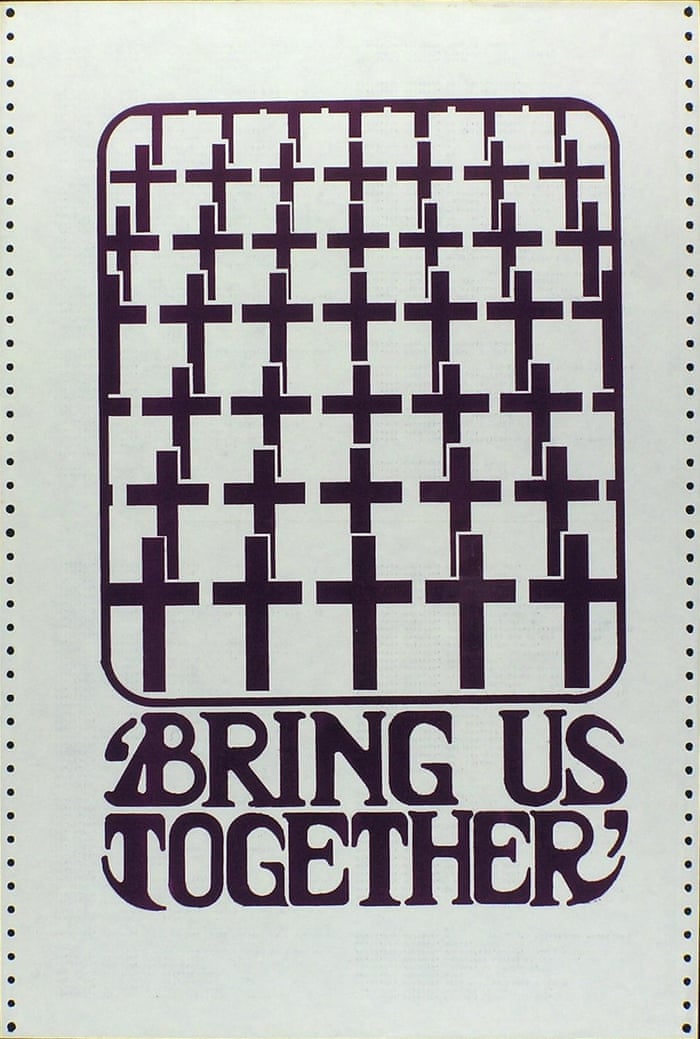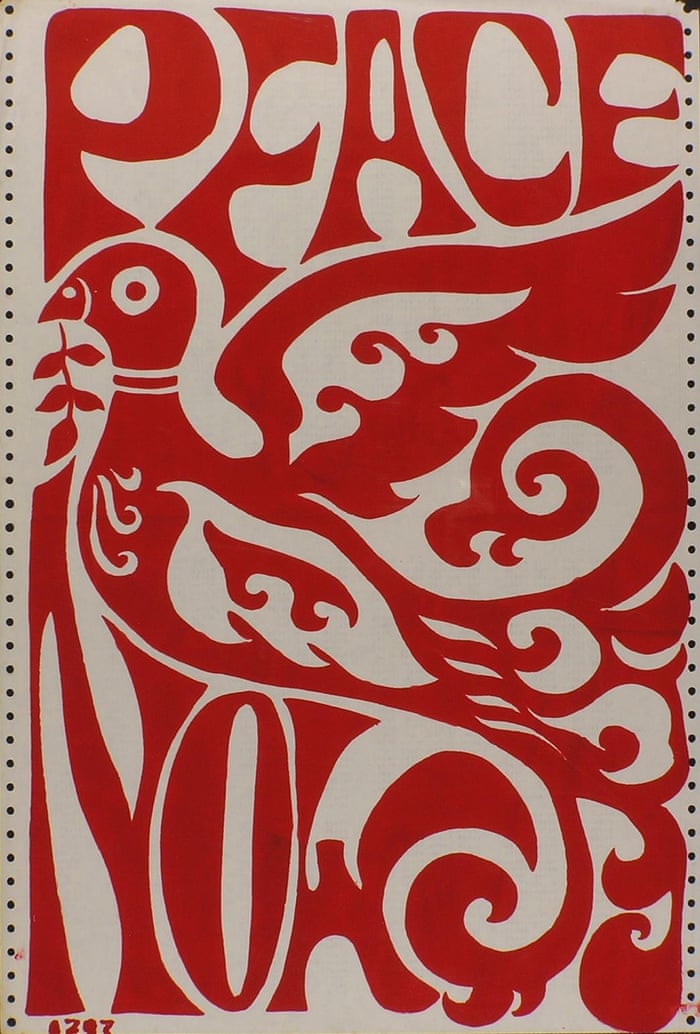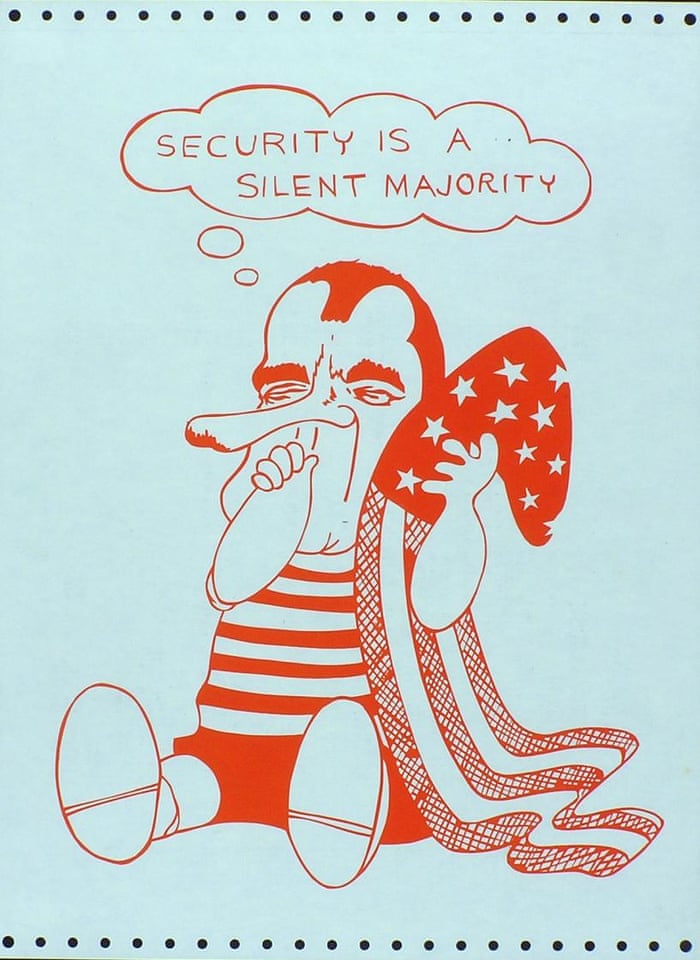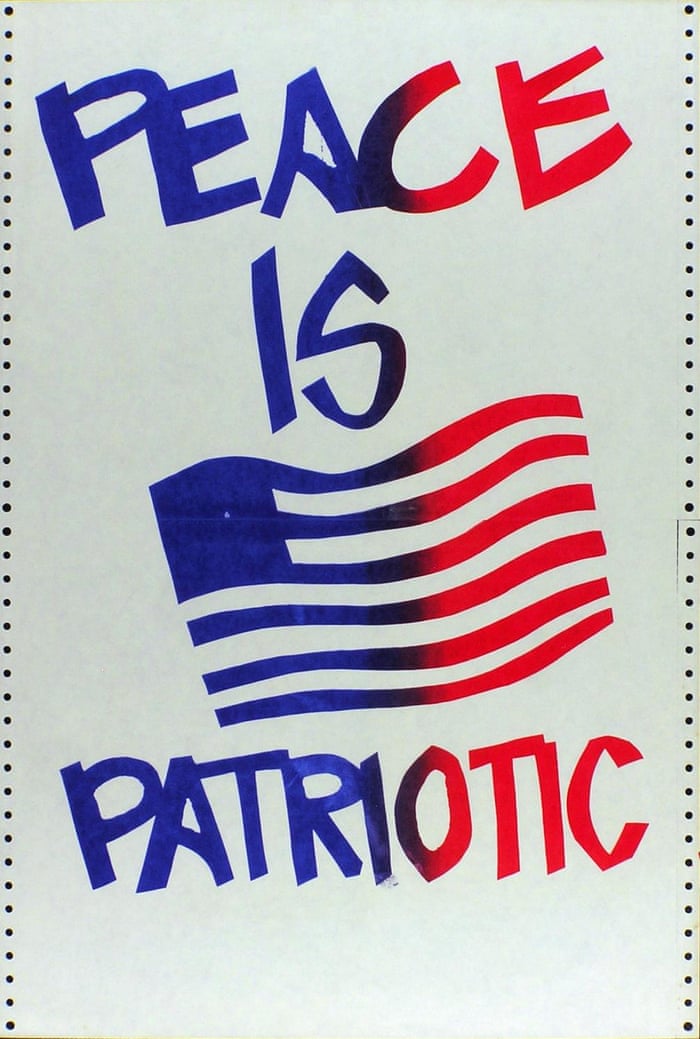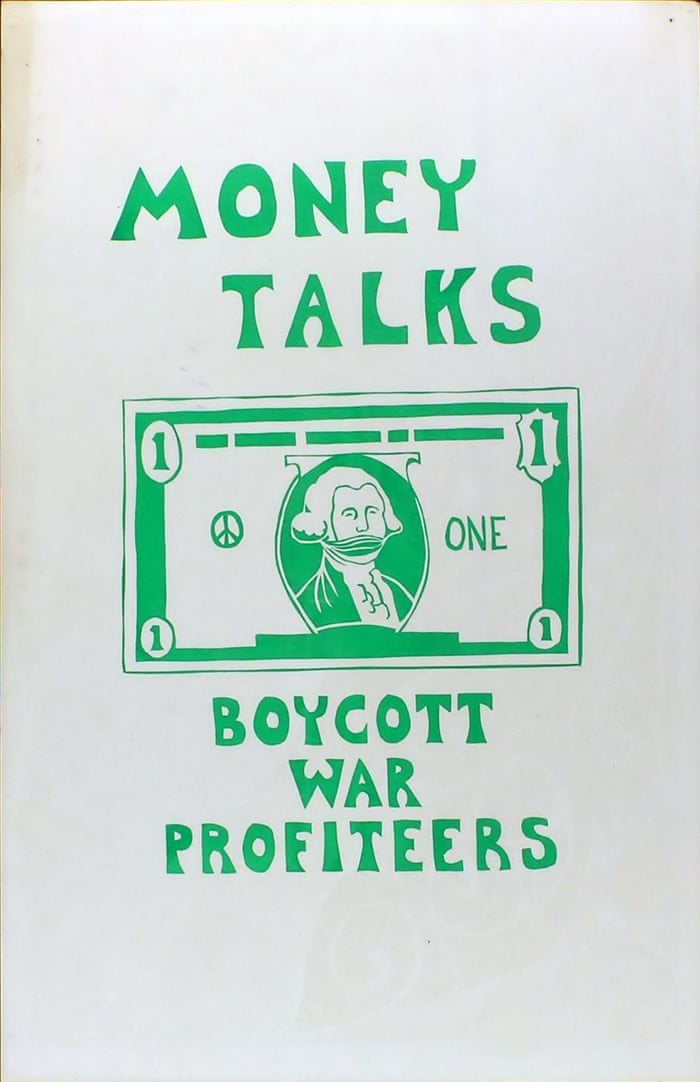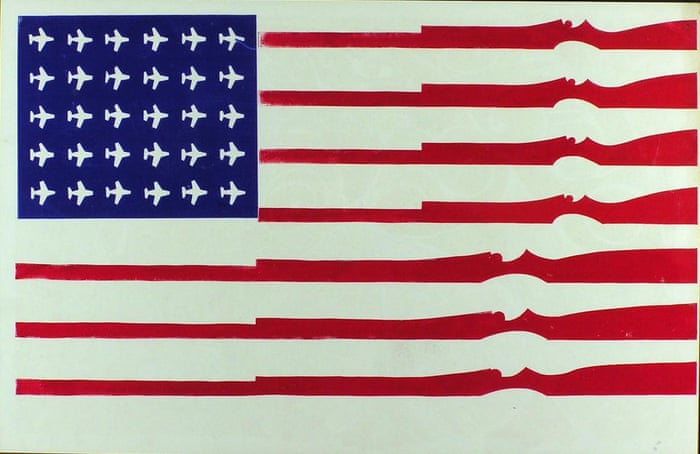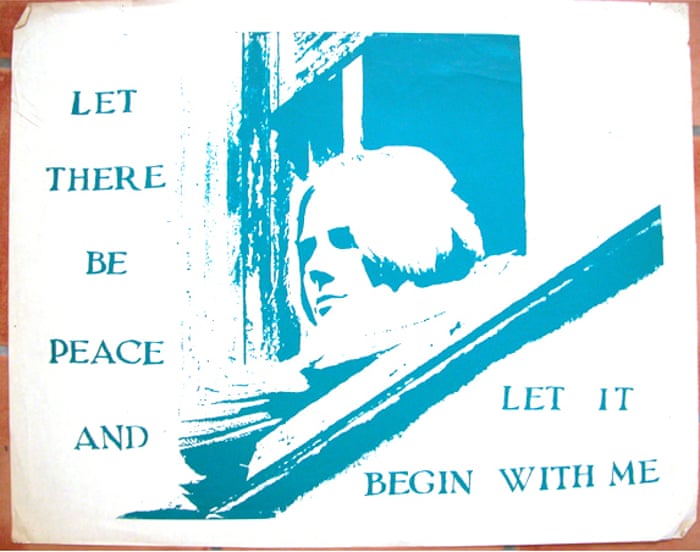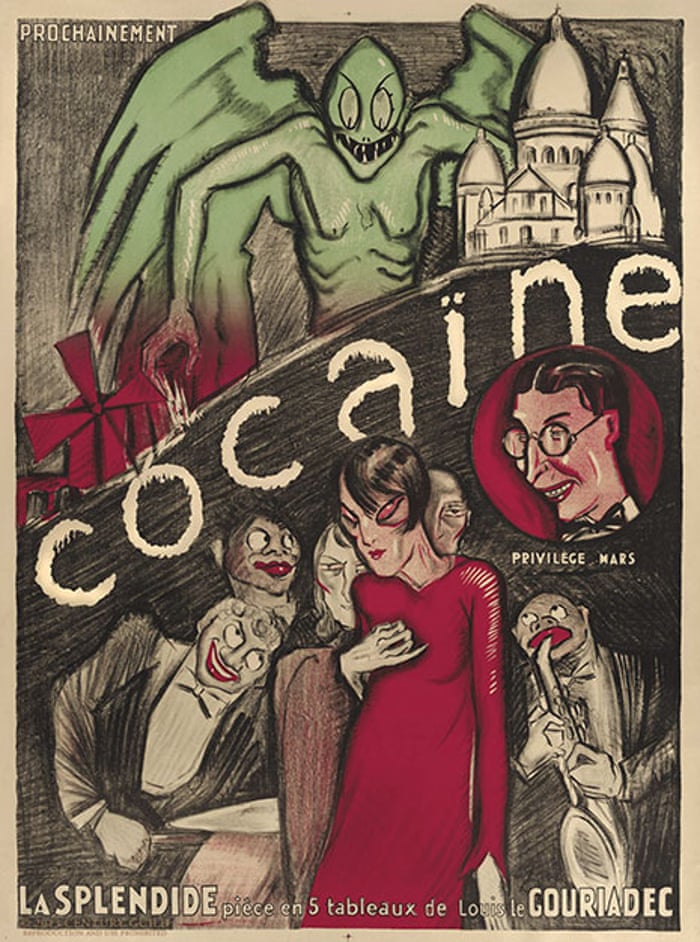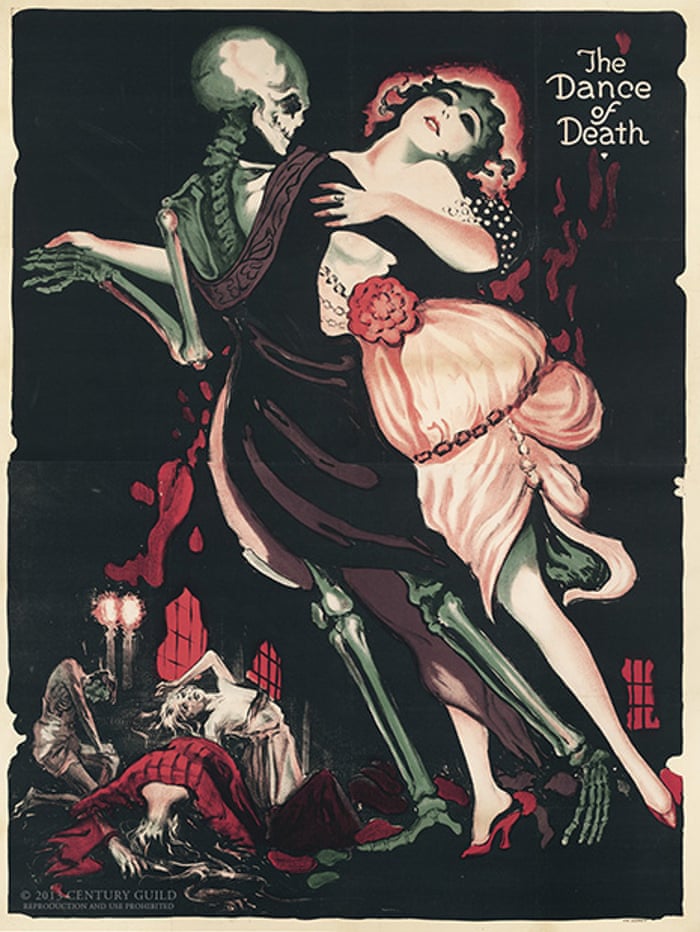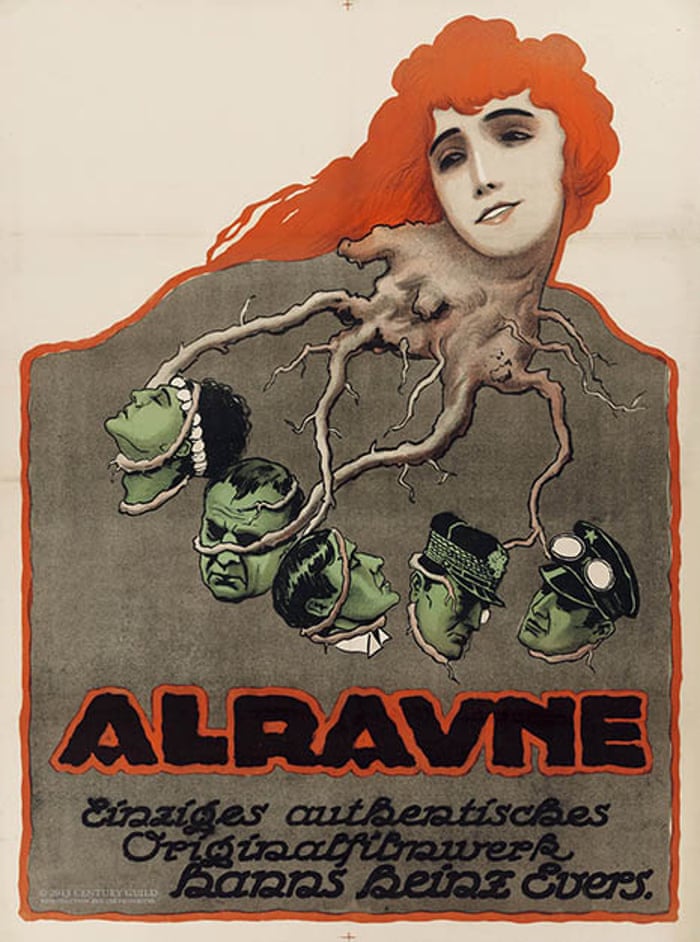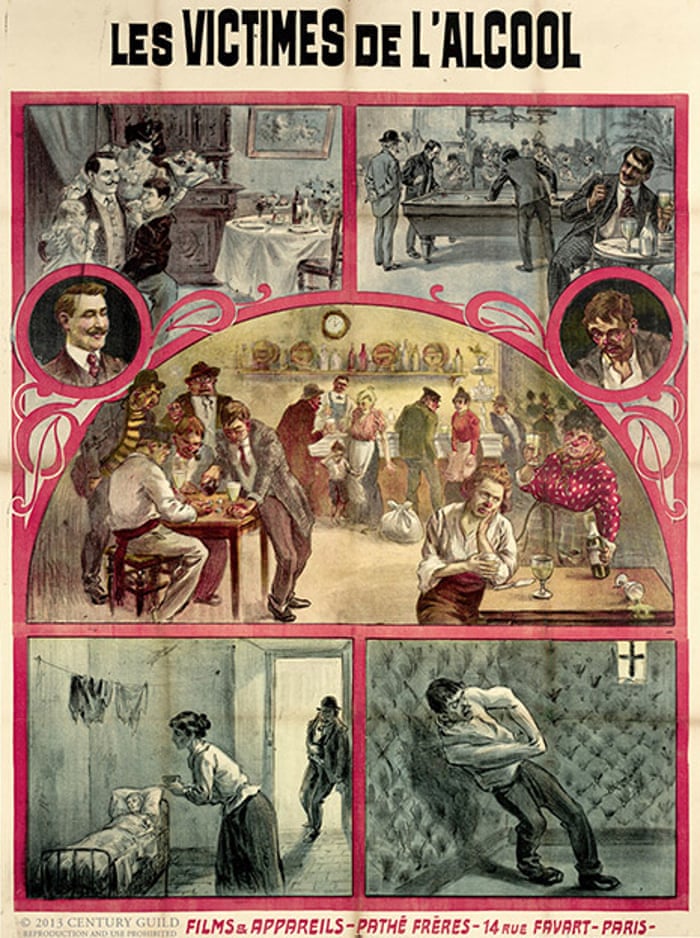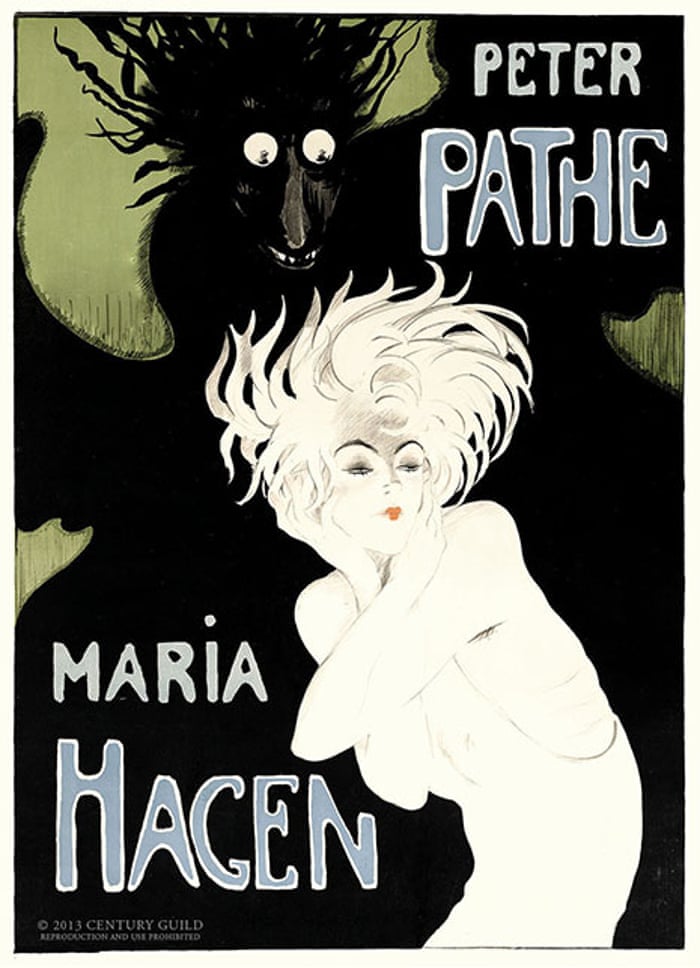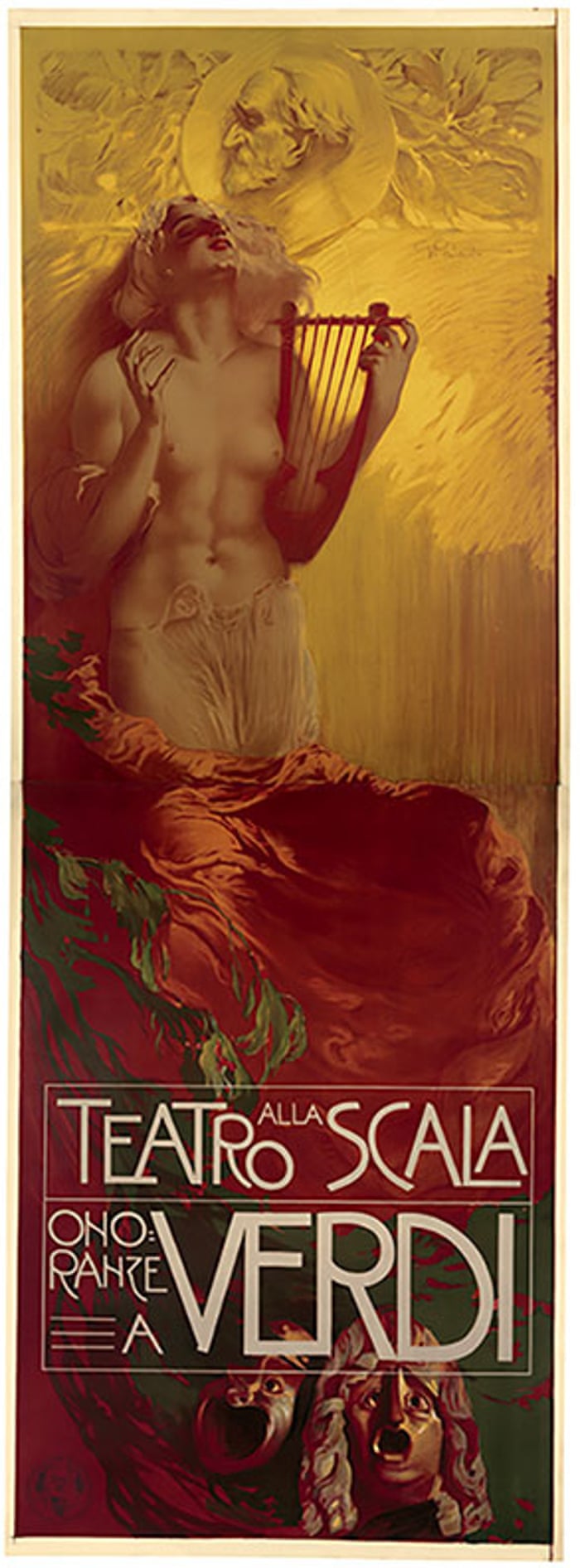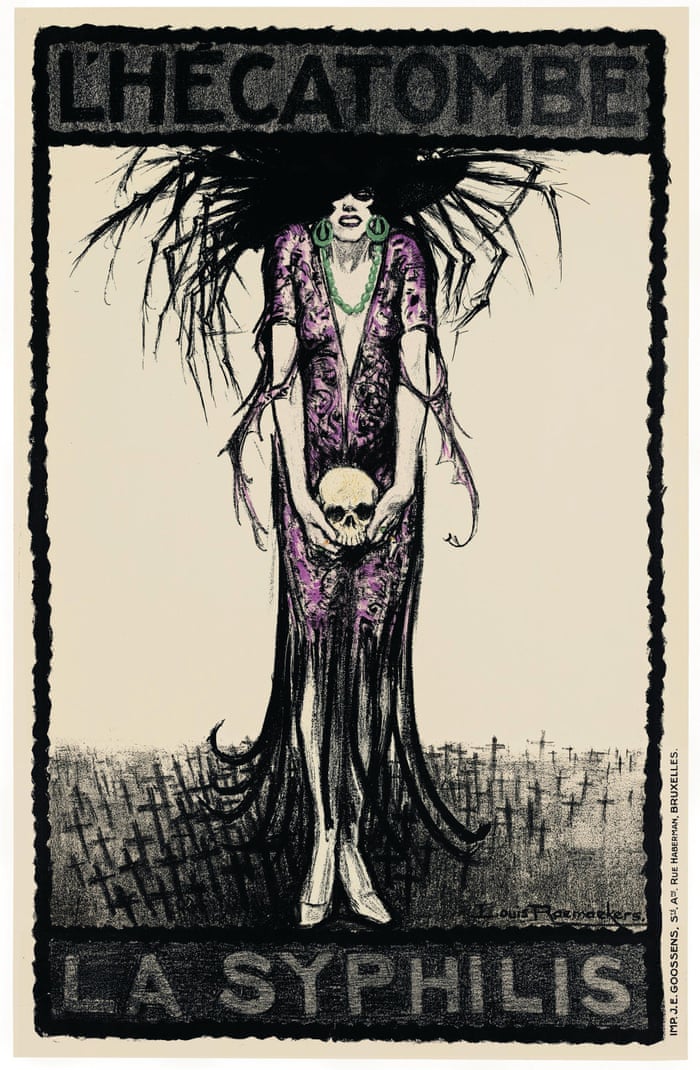 Tintin in London: new exhibition celebrates Hergé's boy wonder
Tintin in London: new exhibition celebrates Hergé's boy wonder
The free show at Somerset House explores the intrepid fictional reporter’s global fame and also examines the Belgian illustrator who created him
Tintin and his sidekick, Snowy, take a break from their adventures. Illustration: Hergé Moulinsart 2015
Mark Brown
Wednesday 11 November 2015
He has been honoured by the Dalai Lama, influenced the pop art of Andy Warholand was praised by Charles de Gaulle as his “only international rival”. He is also a gay icon, considered a patron saint by some journalists, and a hero to successive generations of people across the world.
Tintin the intrepid boy reporter this week comes to London for a free exhibition at
Somerset House exploring, among other things, how he became such a global phenomenon. It will also examine the character’s creator, the Belgian illustrator Hergé.
The Tintin expert, Michael Farr, who has worked on the exhibition with the Hergé Foundation, said he hoped it would attract old and new fans.
“It is for the person who first discovers him and goes ‘wow’ but also for the many people who are Tintin connoisseurs. The books are full of adventure. It is really exciting, gripping, page-turning stuff and the humour is everywhere, you really do laugh out loud reading these books.”
The exhibition includes three specially created models of Tintin scenes, including the ticker tape reception he receives after thwarting Chicago gangsters in Tintin in America. In the final room is a scale model of Marlinspike Hall, Captain Haddock’s ancestral home, which itself is modelled on Château de Cherverny in the Loire valley.

A spokeswoman for Somerset House said it took four months to make, with the last of 6,000 individual roof tiles glued on last week.
Tintin was created in 1929 when Hergé was working for the children’s supplement of the Belgian newspaper, Le Vingtième Siècle.
“It was an instant success from that very first Thursday,” said Farr. “All the copies were sold out so they doubled the print run. It sold out so they trebled it and it sold out. It ended up the supplement was selling more copies than the newspaper.”
Tintin’s popularity continued throughout the 1930s, until the Catholic newspaper was closed down by the Nazis in 1940.
Almost immediately he was offered a berth by Le Soir, although paper shortages meant he could not be in a supplement and so was on page 3 along with the sport, stock market, theatre listings and society notices. Le Soir was seen as a collaborationist newspaper, although Hergé was far from being a Nazi sympathiser, said Farr, who knew the illustrator personally.

“The fact was people liked having Tintin in the paper, it cheered people up and it was a great morale booster. It is hard for us to fathom how popular Tintin was.”
After the war, Tintin became a world superstar with the now canonical series of Tintin albums, which contain stories such as Tintin in Tibet, published in the same year the Dalai Lama fled the country. But Captain Haddock, who first appeared in 1941, is the character who always comes top of popularity surveys, said Farr.
If Tintin was an alter ego of a young Hergé, a fan of scouting and good deeds, then Haddock was an alter ego of an older Hergé who enjoyed drinking and swore too much. Hergé came up with the name when he asked his wife what fish was she was cooking on night. “Aiglefin,” she said, “or that boring fish they call haddock in English”.
Over the years there have been controversies, not least the perceived colonialist racism of books such as Tintin in the Congo. Farr said it had not hindered Africa’s enormous enthusiasm for the books, particularly Tintin in the Congo, “a book we feel reservations about more strongly than they do in Africa. He has a universal, very multicultural appeal”.
Tintin has also been claimed as a gay icon due to his close relationship with Captain Haddock. Farr is not so sure: “Hergé would be delighted to know he had the pink appeal but knowing Hergé a bit, he loved girls too much, he had an eye for every girl, he would have seen that as the logical thing.”
• Tintin: Hergé’s Masterpiece is at Somerset House in London from 12 November to 31 Jaunuary 2016.
http://www.theguardian.com/culture/2015/nov/11/tintin-london-exhibition-celebrates-herges-boy-wonder

Tintin: Hergé’s Masterpiece, exhibition review: A lot of pleasure in a small space
Melanie McDonagh
Thursday 12 November 2015

At the end of this charming little Tintin exhibition, tucked away in a corner of Somerset House, there’s a quote from Hergé: “Tintin has made me happy”. Well, T’s devotees will be happy too in these three rooms given over to the world’s best loved Belgian (shove over, Poirot).
The walls are covered with replica endpapers to the books, dotted with pictures from the stories — it’s literally wall to wall Tintin. Even the fireplaces play host to a drawing of Snowy, who has apparently fallen down the chimney.
But it’s the windows that are the thing: they’re the theme of the exhibition, and every one is taken up with some incident from the books. Actually, lots of Tintin’s adventures concern windows, chiefly when someone appears at them with a gun in his hand and bad intentions.
The other eye-catching element is the maquettes, the little models of Tintin’s apartment, of the Avenue Louise with fabulous model cars, and, most splendid, of Marlinspike Hall, Captain Haddock’s pile.

The exhibition proceeds chronologically from Hergé’s first sketch of a train, at the age of four, to reproductions of his early drawings of “Totor” for a boy scout magazine and his wartime work for Le Soir through to his final sketch for his unfinished work, Tintin and Alph-Art.
There isn’t much in the way of historical context here, though there’s photos of the team that assisted him from the Fifties. And I’d have liked more about the technique and cinematic eye of this great master of the clear line, although it’s evident in the progress from his sketches to the end drawings, line in its purest form. But this exhibition packs a lot of pleasure into a small space.
Until January 31;
somersethouse.org.uk
http://www.standard.co.uk/goingout/exhibitions/tintin-herg-s-masterpiece-exhibition-review-a-lot-of-pleasure-in-a-small-space-a3113111.html

Blistering barnacles! Tintin is back – with added swearwords
Hergé’s adventurer is born again for the iPad age, with a new show and a digital project that puts all his expletives back in. The world’s top Tintinologist talks quiffs, colonialism – and beating Armstrong to the moon
Jon Henley
Wednesday 11 November 2015
Michael Farr discovered Tintin at the age of four. Sixty-odd years later, after a career spent – like his boyhood hero – as a foreign reporter, he is a top Tintinologist, speaking at Tintin conferences around the globe, where aficionados gather for talks on such topics as Gender (Re)presentation in The Adventures of Tintin, or Tintin and the European Identity.
Bright-eyed, plump-cheeked and unflaggingly enthusiastic, Farr even looks a little like a somewhat older version of the intrepid cartoon adventurer.
Shortly after Hergé, the creator of Tintin, died in 1983, Farr went to Brussels to pay his respects. He found the team of artists who worked in Hergé’s studio deeply depressed. “His widow wanted to observe Hergé’s wish that Tintin should die with him,” says Farr, meaning that there would be no new books. “His right-hand man, Bob de Moor, was devastated. He said, ‘In five years, Tintin will be completely forgotten.’”
He could not have been more wrong. More than 40 years since his last adventure, the intrepid boy reporter is one of the most popular comic characters ever created. Tintin has sold more than 200m books in over 90 countries – and, in 2011, starred in his own Spielberg blockbuster.
What makes him still so popular? “The books overflow with adventure,” says Farr. “They’re page-turners. Then there’s the drawing: the ligne claire is so cinematic. There’s slapstick, but there’s sophisticated satire and political comment, too.”

So imbued with current affairs were Hergé’s storylines, says Farr, that the day after he died, the French newspaper Libération was able to illustrate every single news story with a Tintin frame. “The Blue Lotus anticipates Pearl Harbour,” he says. “Tintin was on the moon 16 years before Armstrong. And I’m sure that, if and when the yeti is finally found, it will be just like Hergé drew it in Tintin in Tibet.”
Then there’s Tintin himself. The boy reporter, says Farr, is “an unusually blank figure. Just those two dots for eyes, that little nose.” His celebrated quiff was the result of an early car chase: Hergé enjoyed drawing it so much he made it permanent. “He appeals to everyone, boys and girls, all ages, all nationalities. He’s a blank sheet every reader can identify with. It’s a very clever device.”
It’s been more than a decade since London hosted a big Tintin exhibition, but that is about to rectifiedat Somerset House. “It’s not aimed especially at connoisseurs,” says Farr, who worked on the show with the Musée Hergé in Brussels. “We want to bring Tintin to a whole new audience.”
Farr is on a mission to bring the youthful reporter, his faithful fox terrier Snowy, and their eccentric supporting cast – Captain Haddock, Professor Calculus, opera singer Bianca Castafiore, Thomson and Thompson – to the next generation. Farr’s tome Tintin: The Complete Companion has been translated into 30 languages. Spielberg ordered 400 copies of it when he was filming The Secret of the Unicorn.
Farr, who first met Hergé when he was a young Reuters reporter in the 1970s, is also busy translating Tintin for the digital age in a new app. “You can zoom in on individual frames,” he says. “It’s wonderful. Tintin is alive!”
Digital is a godsend for the translator, too. The cartoons’ original English translators were “bound by the bubble. They had to make cuts – and they had to take out the swearwords, too. These were books for children in the 50s and 60s. Mine is the unexpurgated version.”
Digitising, adds Farr, allows some of Hergé’s more dated attitudes to be “put in their proper context”. Tintin in the Congo, published in 1931, attracted controversy in the UK, US and Scandinavia in the early 2000s, with numerous campaigners labelling it racist for its depictions of Congolese people. In the UK, the Commission for Racial Equality said it contained “hideous racial inequality” and asked bookshops not to stock it. With the app, says Farr, “we can make it clear that this was the colonial view of black Africans”.
Hergé would have loved Tintin’s move to digital, says Farr. “He was a very modern man, not a fuddy-duddy at all.. He was seriously into his hi-fi and he collected modern art: Warhol, Lichtenstein, Hockney. The first time I met him, he was 71 and I was in my 20s – and he grilled me about Pink Floyd.”
The best thing about Herge’s creation, believes Farr, is that he’s not a superhero. “He can’t actually do anything more than we can, so he has credibility.” Is that it? Farr pauses. “The other thing I have learned is that people who like Tintin tend, on the whole, to be nice people.”
http://www.theguardian.com/artanddesign/2015/nov/11/tintin-herge-masterpiece-somerset-house-london-exhibition-michael-farr
